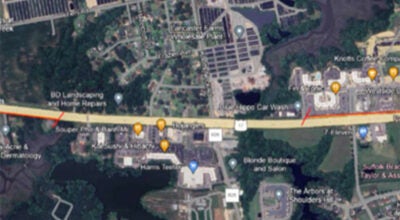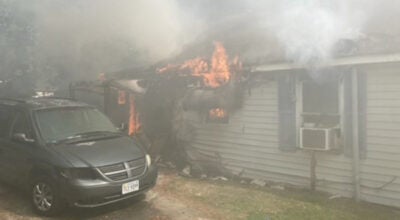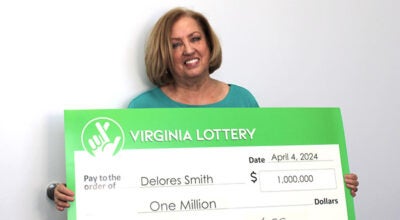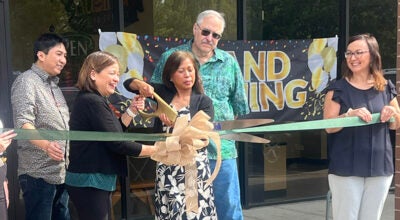Tight squeeze
Published 11:24 pm Tuesday, March 23, 2010
On a Tuesday afternoon, a school bus turns onto a downtown street and heads down the road to drop off students.
However, the bus soon has to maneuver into the lane of opposing traffic to avoid a line of cars parked along the side of the street. Residents coming home from work run into the same problem, often weaving back and forth in the gaps in the lines of cars on both sides of the street. Sometimes, drivers must stop and wait on one another as they attempt to go in opposite directions.
Lillian Riddick, who works at a downtown church, said parking on downtown streets can sometimes cause a tight squeeze for drivers.
“I didn’t know if I was going to get through there,” said Riddick of a recent venture down North Broad Street.
Cheryl Taylor agreed.
“It should be one side or the other,” Taylor said. “You can’t do both sides.”
Most drivers are courteous and let others pass as needed, Riddick said. However, it can sometimes be a tight squeeze. The parking is legal unless there are signs indicating that parking is not allowed.
According to city traffic engineer Robert Lewis, on-street parking is a good thing in most cases because it helps to slow traffic. Most local residential roadways are designed to allow on-street parking, he said.
The standards for whether parking is allowed are set by the Virginia Department of Transportation minimum roadway standards, as well as the Unified Development Ordinance. The UDO also points out that on-street parking can provide a buffer between vehicular traffic and pedestrians.
Anyone who has an area of concern regarding on-street parking can call the traffic engineering department at 514-7603.






